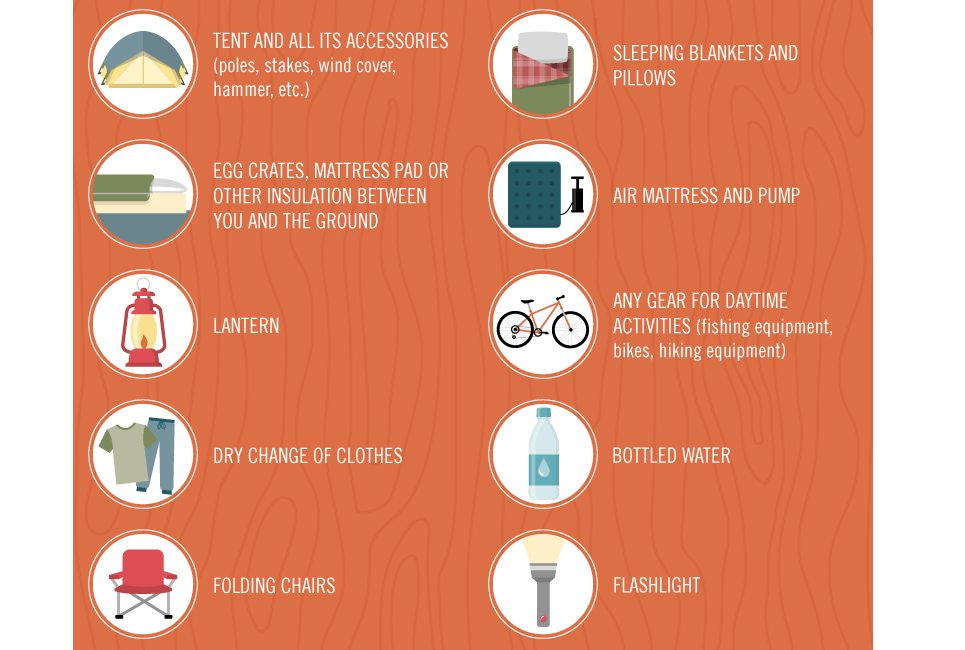While both deal staminas in different atmospheres, it is essential to determine which kind of insulation will ideal offer your requirements. The insulation you choose influences warmth, weight, water resistance, compressibility and rate.
Down is collected from waterfowl, generally ducks or geese. It is treasured for its agility, very easy compression and insulating residential or commercial properties. However, down ends up being less effective when damp.
Warmth-to-Weight
A high warmth-to-weight proportion is preferred in outside garments and equipment. The insulating properties of down feathers make them a wonderful choice for this objective, as they are exceptionally cozy and light-weight.
Nevertheless, down loses its shielding capabilities when it gets wet, implying it needs to be paired with a waterproof covering. Additionally, some people dislike down, making artificial coats a much better choice for them.
Synthetic insulations are commonly made from recycled polyester and made to resemble down's shielding properties. They are not as light-weight as down, yet they do not lose their protecting capabilities when they splash and completely dry quicker than down. They are additionally a lot more cost effective than down. Nevertheless, their life expectancy is shorter than down, resulting in greater maintenance and substitute expenses.
Water Resistance
The insulation you choose for your job coat will certainly make a big distinction in exactly how comfortable you really feel outdoors. Nevertheless, the type of insulation you pick likewise has significant effects for your sustainability objectives.
Down is an outstanding insulator for a number of factors. It's lightweight, compressible, and offers a good warmth-to-weight proportion. However, it does not prosper when it gets wet. Down globs up and loses its loft space when wet, which can significantly lower its capability to trap heat.
Synthetic insulation products, such as Thinsulate and Primaloft, hold up much better versus wet problems. They normally have a tight weave or chemical coating that maintains water from permeating the material. This permits the insulation to continue to be breathable, even if damp. It's worth noting that synthetics can also be unpleasant when wet, however they maintain their protecting buildings.
Compressibility
While goose down does have a superior warmth-to-weight ratio, synthetic insulation carries out likewise. Nevertheless, unlike down which takes in and sheds its insulating abilities when damp, synthetic insulation does not. As a result, it can maintain its loft and trap warm air in damp problems.
Generally made from polyester sheets or clusters that imitate down, one of the most usual synthetic insulation brands include PrimaLoft, FullRange, Thermoball and Patagonia's PlumaFill. While it still can't match down's loftiness and warmth-to-weight, artificial coats are light-weight, quick to completely dry and less expensive than down. This makes synthetic jackets perfect for wet environments, or if you're prone to sweating greatly. Artificial coats are additionally much less fragile than down and can lose. This durability encompasses their face fabrics which are usually thicker and extra resilient than down.
Toughness
A significant factor to consider in sustainability is a product's long life and longevity. All-natural products like cork, ThermaCork broadened cork and Havelock wool last longer than synthetic choices like fiberglass and vinyl. They also call for much less maintenance and can endure severe environmental conditions.
However, all-natural insulation does not carry out as well when wet as synthetic choices. Woollen and fleece clump with each other when wet, compromising their capacity to catch warmth. Artificial insulation, on the other hand, does not soak up wetness and continues to shield also when soaked.
This makes synthetic insulation perfect for damp climates and exhausting activities where you might sweat greatly. It's likewise simpler to wash and dries out faster than down. This included resilience and reliability make synthetic insulation a total victor in this group. This equates to resilient shielded job boots that last long and maintain you heat with requiring settings.
Sustainability
Natural products use biodegradability and a smaller ecological impact, while artificial options brag sturdiness canvas tent and innovative applications that support energy efficiency. Nevertheless, it is essential to recognize real environmental effect of these insulation materials from cradle-to-grave.
For instance, if a natural insulation product needs to take a trip a far away from its resource to the building website, transportation-related emissions raise its general carbon footprint. Selecting in your area sourced and recycled items reduces that influence. And, selecting GREENGUARD and Cradle to Cradle qualifications ensures that insulation is without unstable organic substances (VOCs) and supports liable sourcing and labor conditions.
Lamb's wool and cork are sustainable insulation resources that are collected without hurting the tree or plant. Both have the added advantage of being naturally resistant to mold and mildew, bugs and wetness.
